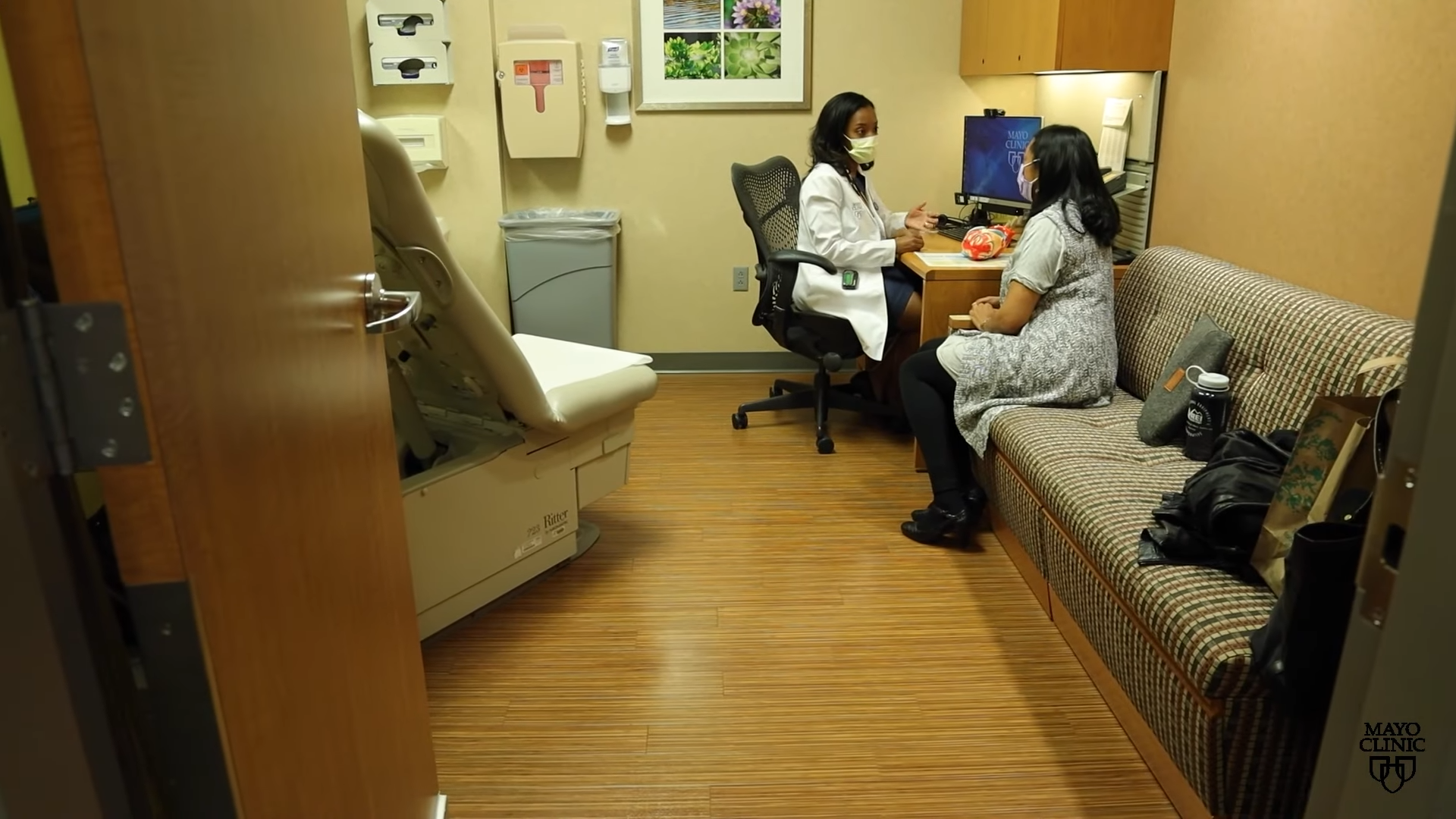Undergoing cervical cancer screening is crucial for early detection and prevention of this potentially life-threatening disease. Screening tests, such as Pap smears and HPV tests, are essential tools in identifying abnormal changes in the cervix before they develop into cancer. Early detection allows for timely intervention and treatment, significantly improving prognosis and reducing mortality rates. Regular screenings, as recommended by healthcare professionals, empower women to take proactive steps towards their health. By prioritizing cervical cancer screening, individuals can effectively manage their health and ensure early detection of any abnormalities, promoting overall well-being and longevity.
Understanding Cervical Cancer: Risks and Causes
Understanding cervical cancer involves awareness of its risks and underlying causes. Most cases of cervical cancer are linked to persistent infection with high-risk types of human papillomavirus (HPV), a sexually transmitted virus. Factors such as smoking, weakened immune system, early sexual activity, multiple sexual partners, and lack of regular cervical screening increase the risk. HPV infections can lead to cell changes in the cervix over time, potentially progressing to cancer if left untreated. Understanding these risks emphasizes the importance of regular screenings and HPV vaccinations in preventing and detecting cervical cancer early, ensuring effective treatment and improved outcomes.
Importance of Early Detection in Cervical Cancer
Early detection is crucial in cervical cancer as it significantly improves treatment outcomes and survival rates. Regular screening tests like Pap smears and HPV tests can detect precancerous changes or early-stage cancer cells before symptoms manifest. Detecting cervical abnormalities early allows for timely intervention, preventing the progression to advanced stages where treatment options may be more limited. By undergoing routine screenings as recommended by healthcare guidelines, women can take proactive steps to protect their health and well-being, ensuring any potential issues are addressed promptly.
Types of Screening Tests Available
Two primary screening tests are available for cervical cancer: the Pap smear (or Pap test) and HPV test. The Pap smear involves collecting cells from the cervix to check for abnormalities or precancerous changes. It is recommended every 3-5 years for most women, depending on age and risk factors. The HPV test detects high-risk strains of the human papillomavirus (HPV) that can cause cervical cancer. Some screening programs use both tests together (co-testing) to enhance detection accuracy. Understanding these screening options empowers women to make informed decisions about their health and participate in preventive care effectively.
Guidelines for Frequency of Screening
Guidelines for cervical cancer screening frequency vary based on age, health history, and previous screening results. Generally, women aged 21-29 should have a Pap smear every 3 years. From ages 30-65, options include a Pap smear every 3 years, an HPV test every 5 years, or co-testing every 5 years. Women over 65 may stop screening if they have had regular screenings with normal results. Individuals with a history of cervical cancer, HPV-related diseases, or immunocompromised conditions may require more frequent screenings. Following healthcare provider recommendations ensures timely detection and effective management of cervical health.
Preparation Tips Before Screening
Preparing for cervical cancer screening involves a few simple steps to ensure accurate results and a comfortable experience. It’s recommended to schedule the screening during a time when you are not menstruating, as blood may affect test accuracy. Avoid using vaginal medications, douches, tampons, or spermicidal foams or jellies for at least 48 hours before the test. Inform your healthcare provider about any medications, allergies, or health conditions beforehand. Relaxation techniques such as deep breathing can help ease anxiety during the procedure. Following these preparation tips helps ensure a smooth screening process and reliable results for cervical health assessment.
What to Expect During a Pap Smear
During a Pap smear, you can expect a quick and relatively simple procedure. You’ll lie on an exam table with your feet in stirrups, and your healthcare provider will gently insert a speculum into your vagina to widen it and access the cervix. Using a small brush or spatula, they will collect a sample of cells from your cervix. The process may cause mild discomfort or pressure, but it typically lasts only a few minutes. The collected cells are then sent to a lab for analysis. Understanding what to expect can help ease any anxiety and ensure a smoother experience.
Role of HPV Testing in Screening
HPV testing plays a critical role in cervical cancer screening by detecting high-risk types of human papillomavirus that can cause cervical cancer. Unlike the Pap smear, which examines cells for abnormalities, the HPV test identifies the presence of the virus itself. It’s often recommended for women aged 30 and older, either in conjunction with a Pap smear (co-testing) or as a standalone test. HPV testing is vital because it can detect potential issues before cellular changes occur, allowing for early intervention and prevention. Understanding its role helps women make informed decisions about their cervical health.
Interpreting Screening Results: Normal vs. Abnormal
Interpreting screening results is essential for understanding your cervical health. A normal Pap smear or HPV test indicates no signs of abnormal or precancerous cells and no high-risk HPV strains. In this case, routine screenings will continue as recommended. An abnormal result means that some cells look different from normal cells, which may require further testing to determine the cause. Abnormal results do not always indicate cancer but suggest a need for closer monitoring or additional diagnostic procedures. Understanding the difference between normal and abnormal results helps you take appropriate next steps in managing your health.
Follow-Up Procedures After Abnormal Results
After receiving abnormal screening results, follow-up procedures are necessary to determine the cause and appropriate course of action. Your healthcare provider may recommend a colposcopy, where they examine the cervix more closely using a special microscope. During this procedure, they may also take a biopsy, removing a small tissue sample for further analysis. Depending on the biopsy results, additional treatments or monitoring may be needed. This could include removing abnormal cells to prevent progression or scheduling more frequent screenings to keep a closer watch on cervical health. Following up on abnormal results promptly ensures timely intervention and effective management.
Benefits of Cervical Cancer Vaccination
Benefits of Cervical Cancer Vaccination
Cervical cancer vaccination, primarily through the HPV vaccine, offers significant benefits in preventing cervical cancer and other HPV-related diseases. The vaccine protects against high-risk HPV types responsible for most cervical cancer cases. By receiving the vaccine, individuals reduce their risk of developing cervical abnormalities and precancerous lesions. It is most effective when administered before exposure to HPV, typically recommended for preteens but beneficial up to age 26 and beyond. Widespread vaccination leads to herd immunity, decreasing the overall prevalence of HPV infections. Ultimately, cervical cancer vaccination is a crucial tool in reducing cervical cancer incidence and promoting long-term reproductive health.








